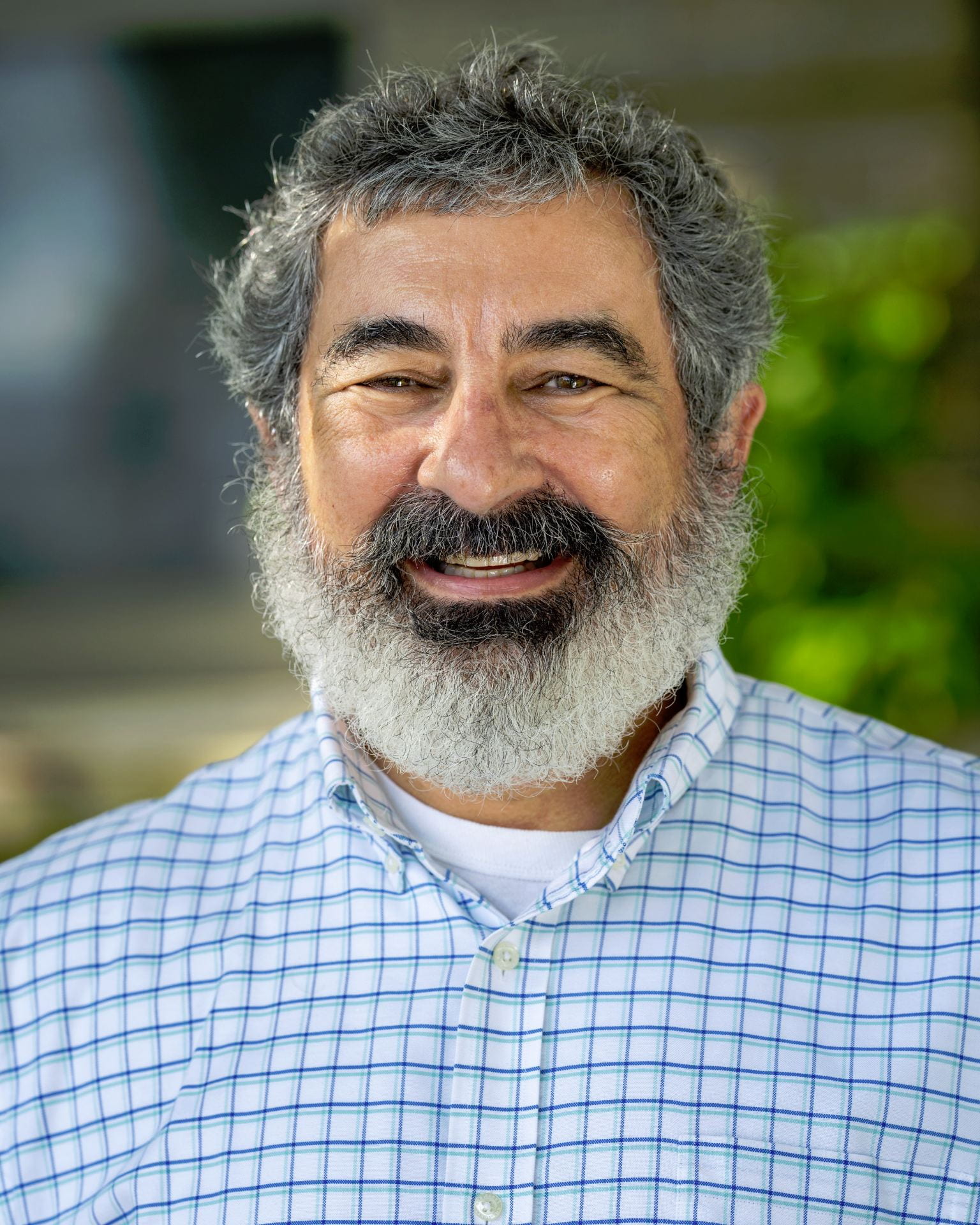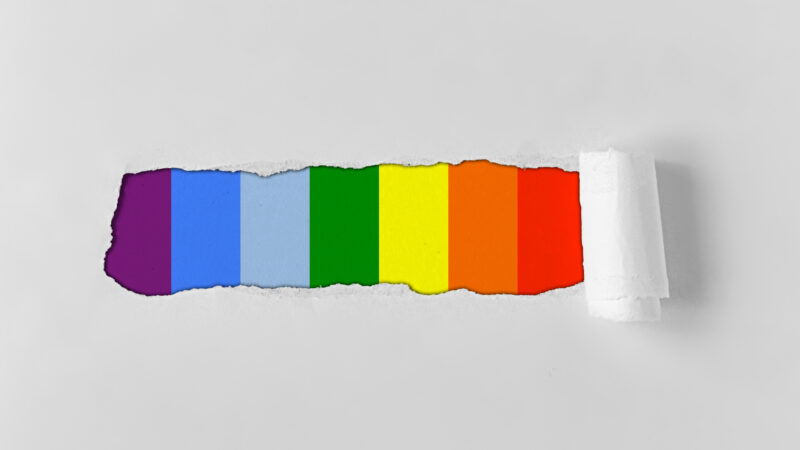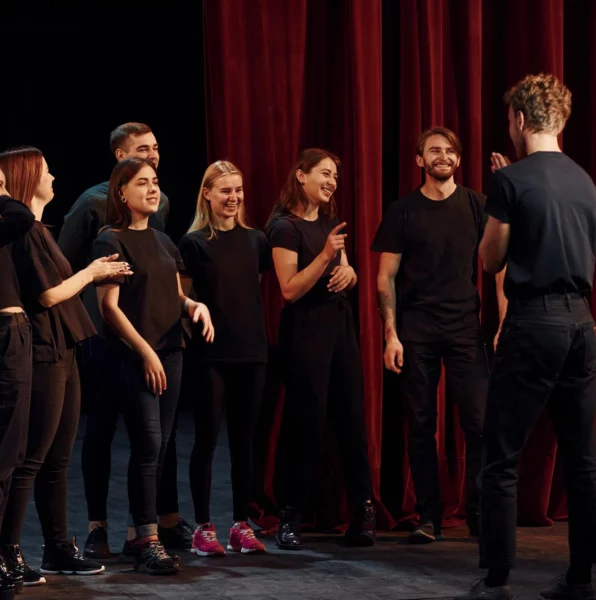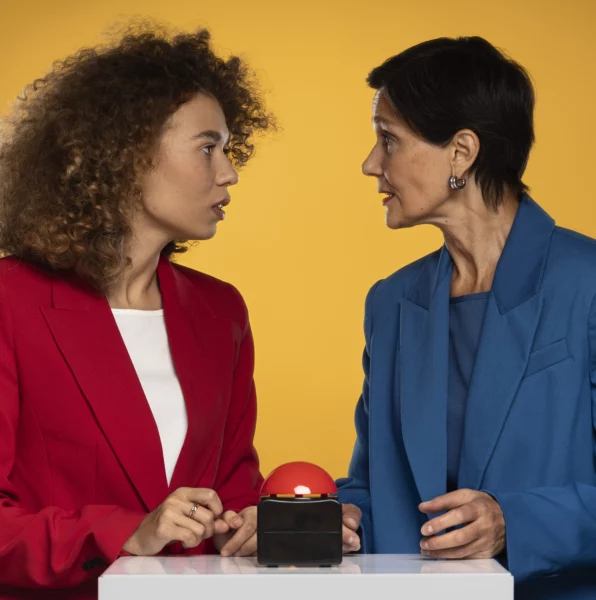Do feminism and science communication go together? Bruce Lewenstein, professor of science communication at Cornell University, says: yes. He argues that integrating a feminist lens into science communication can be transformative.
A feminist agenda for science communication

You edited a series of commentaries in the Journal of Science Communication, arguing for a feminist approach to science communication. In it, you write about the ‘ghetto’ of women’s overrepresentation in science communication. Could you explain what this means?
I’ve been teaching science communication since 1988 and over the years it was obvious that there were more women in my classes than men. So, I started wondering what was going on. There are two possibilities: One is that women are smarter than men and they realize that science communication is more fun than science itself. Unfortunately, I suspect that it’s the other answer, which is that science communication is a ghetto: it’s lower paid, it’s lower status, it’s less secure, it has all of the classic characteristics of a feminized profession.
Women are perhaps being pushed into science communication because of the barriers that exist for women in science itself. I’m thinking of the long hours, the competitive style, the pay issues, and the lack of flexibility for people who have or are trying to raise children. So I started calling it a “ghetto for women”. It’s something that they are pushed into and kept in. However, not everyone agrees with me. Elizabeth Rasekoala’s commentary highlighted that my perspective was North American-centric, and if I looked elsewhere in the world, I would see less of a women’s ghetto and more women in leadership positions.
One of the contributors to the series wrote that along with the professionalization of science communication came feminisation. Why do you think science communication is thought of today as a “soft” and primarily female skill?
I don’t think I fully agree with this perspective. But there is this complicated way in which the field is both populated by women and has certain features and characteristics that are associated with feminine stereotypes. As we find out what makes for better science communication, we find that storytelling, narrative, making personal and emotional connections are more successful than simply laying things out in Aristotelian logical form. Aspects of how we perceive effective science communication align with traits commonly associated with stereotypically feminine characteristics.
But there is another aspect to this, which is the concept of science communication as care, an idea developed by Britt Wray. As science communication becomes more professionalized, there has been a growing recognition within the science community about its value. This has led to a broader understanding that we need to nurture the practice of science communication as a means of caring for the overall health of the field. Interestingly, this responsibility often falls into the realm of women, echoing traditional caregiving roles. Combining Britt’s use of „care“ and my idea of a ghetto, one can argue that male scientists are more able to focus on their research while a feminized science communication sector takes on the task of connecting with the community. I don’t know that all science communicators share this perspective.
The Matilda effect describes the research finding that identical work attributed to male authors is considered more scientifically robust than if it is attributed to female authors, especially if the topic is considered “stereotypically male”. What can science communicators do to overcome biases like this?
First off, we need to be aware of them. The science writer Ed Yong wrote this wonderful piece about counting his male and female sources. He said: “Here I am, I thought I was doing a good job with equity, but I’ve been doing a terrible job and I need to consciously address this gap.” Like Ed, we need to recognize the problem, confront our misconceptions, and actively strive to improve. The challenge isn’t confined to gender; it cuts across all facets of diversity.
We need to resist our habitual patterns of thinking, even if it’s more effortful. Acknowledge that it’s demanding but necessary work. Simultaneously, science journalists face a paradox. Young science writers are under immense pressure—juggling multiple formats, content creation, and rapid production. Balancing reflective improvement and the practical demands of contemporary science communication is a challenge for which there is no clear solution.
In the UK, the Athena SWAN charter provides a formal framework which is used to support gender equality in higher education and research. Do you think we should institutionalize diversity, equity and inclusion efforts more strongly?
We should certainly do our best to build attention to diverse perspectives into our training, our practice, our scholarship. However, I have some reservations about fully institutionalizing diversity, equity and inclusion. A concern I have is that we are pigeonholing diversity by designating it as a separate course or responsibility. It needs to be something that is just part of everyday practice and everyday thinking. Putting it in a separate office or course isolates attention to it and that’s a real challenge. I don’t know how to solve that problem and I face it a lot in my own work as a university professor.
You call yourself a quintessential insider: “an older white cis-gendered male” – when did you first start thinking about feminist approaches to science communication?
I was thinking of it as a gender issue first, rather than a feminist issue. However, my perspective shifted when my students Megan Halpern and Stephanie Steinhardt approached me with the idea of organizing a session on feminist approaches to science communication. After the session somebody — a female working scientist — came up to us and said: “Thank you so much for doing this, you’ve given me a language to think about things that I sense, but couldn’t verbalize.” Following the successful panel, Emma Weitkamp, then the editor of JCOM, reached out and expressed interest in publishing a series of commentaries based on our session. What we took away was that once you start thinking about diversity, rather than just gender, you start to uncover much more wide-reaching issues. Of course, we were not alone in recognizing this.
In 2022, I was asked to write an article on whether citizen science could effectively address inequalities. I readily accepted the assignment because, after all, one of the core claims of citizen science is its potential to promote inclusivity. So, my initial approach to the article was leaning towards a clear affirmation that citizen science contributes to enhancing diversity. However, as I delved deeper into the literature, a different picture emerged. The prevailing sentiment wasn’t a resounding „yes“; in fact, there were instances where citizen science fell far short of its diversity goals. The complexities began to surface: issues of access, availability of time for engagement in citizen science initiatives. It became evident that participation tended to skew towards white, wealthier, well-educated people. This can lead to distortions in the data that is collected, leading to biases in the knowledge that is produced through citizen science.
Could you further elaborate on the value of applying Feminist Standpoint Theory in science communication ?
The theory suggests that working from the perspective of marginalized groups and their life experiences leads to better, more diverse insights — this is one of its core ideas. Constrained perspectives lead to distorted questions and biased data. Consider the case of a citizen science project in the US Midwest’s state of Illinois. A study of the project revealed conflicting data patterns. The sections near parks garnered more data, mainly from older white participants enjoying pleasant park visits. Conversely, areas closer to pollution sources and factories gathered less data due to recruitment challenges. This inequity led to data bias, impacting water quality awareness. A lack of diversity yields selective data.
Another recent example is the COVID vaccine and fostering acceptance. If I look at it and say, the issue here is not whether people are being rational and whether the vaccine is safe or not, but that people are scared. What happens if I care for them, if I pay attention to the fact that they are afraid? And I start by working with their fears and only then do I start explaining what a vaccine is or how it works. Acknowledging people’s fears takes precedence. This altered approach could guide one‘s efforts, directing attention where it’s needed most. Perhaps we should focus more on discussing the relationship between science and care.
You mentioned that not all science communicators support a feminist perspective. Do you think there is a risk that feminist science communication prioritizes advocacy over the impartial reporting of scientific evidence?
I take a broad view of science communication, there’s no singular „correct“ approach. On the one hand, it’s about conveying clear, practical information for broad use. This perspective accepts science as straightforward, universally applicable knowledge. But science communication cannot be reduced to this. The kinds of questions that feminist scholar Donna Haraway and so many others have asked are: What do we end up missing? What kind of things don’t we understand? When is science not universally applicable?
A feminist approach is about learning to ask questions in different ways, recognizing issues of social power, and seeing what gets opened up when you do that. Embracing diverse perspectives, be it gender, socio-cultural aspects, ethnicity and others – forces us to ask better questions. Even for those people whose primary goal is the effective communication of scientific information, it will actually lead them to be able to do a better job. That’s my hope.
Further Reading
- The need for feminist approaches to science communication by Bruce Lewenstein in Journal of Science Communication
- Feminist standpoint theory and science communication by Megan Halpern in Journal of Science Communication
- Questioning the feminization in science communication by Tania Pérez-Bustos in Journal of Science Communication
- What role can Athena SWAN play in gender equality and science communication? by Clare Wilkinson in Journal of Science Communication
- The seeming paradox of the need for a feminist agenda for science communication and the notion of science communication as a ‘ghetto’ of women’s over-representation: perspectives, interrogations and nuances from the global south by Elizabeth Rasekoala in Journal of Science Communication






